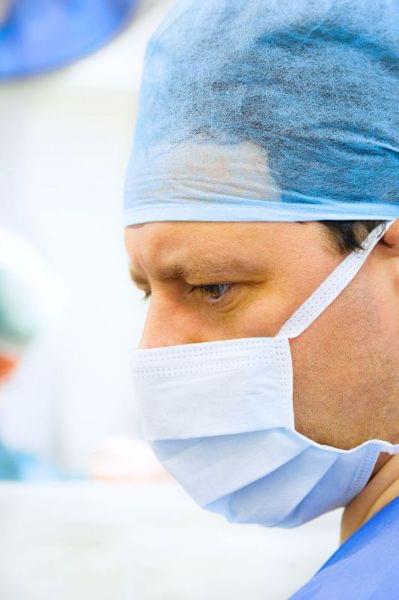
What Is Laparoscopy?
Laparoscopy is a surgical procedure performed under general anesthesia where a thin telescope is inserted through the belly button to magnify and view the internal abdominal organs. It is commonly referred to as bloodless or knife-free surgery.
How Is Laparoscopic Surgery Done?
Laparoscopy is used both for diagnostic and therapeutic purposes. When used for treatment, it may require small incisions of 3-5 mm and the use of auxiliary tools. Today, it is frequently used in general surgery, gynecology, and urology. In this section, we discuss its application in general surgery.
Who Can Undergo Laparoscopic Surgery?
There is no age limit for laparoscopy; it can be performed on anyone from newborns to individuals aged 100. The main factor in determining whether it is suitable is the experience of the medical center performing the procedure and its ability to cater to pediatric patients.
What Diseases Can Be Treated with Laparoscopy?
Laparoscopy is widely used in general surgery for various purposes. It can even be used for cancer surgeries. Some of the most common procedures include gallbladder surgery, adrenal gland surgery, appendectomy, liver cysts and tumors, and obesity surgery.
What Are the Advantages of Laparoscopic Surgery?
One of the major advantages of laparoscopy is the rapid return to daily life after surgery. Patients typically leave the hospital the following day. Compared to open surgery, it offers a quicker recovery, less pain, and a lower risk of infection, with fewer scars.
What Can Happen After Laparoscopic Surgery?
The most common issue after laparoscopic surgery is shoulder pain, caused by gas introduced into the abdomen during surgery. However, this discomfort is usually short-lived and can be alleviated by drains placed during the procedure.

